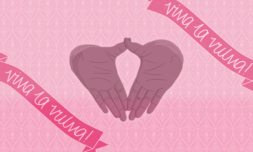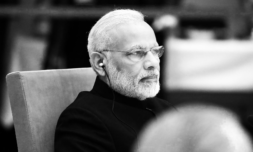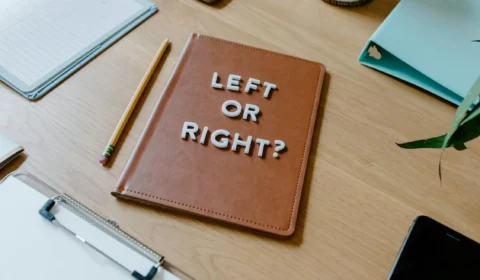As more and more women suffering from Endometriosis take their own lives due to a lack of support, we ask the question: why isn’t the debilitating condition being treated with the severity it deserves?
For many women, cramps, back pain and nausea are all part of the package when it’s that time of the month – an inconvenience at best and a day in bed at worst.
But for those with Endometriosis, a period can be debilitating, causing blinding pain that can lead to blackouts and even infertility.
Despite the fact that it affects one in ten women worldwide, and the detrimental impact that it’s having on their lives, the hidden condition receives very little media attention, almost no research funding and can take a baffling seven and a half years to diagnose.
Why then, if it’s so common, has it been met with a lack of support that has in some cases driven those suffering to suicide?
Endometriosis is when the lining of the womb begins to grow outside of the uterus and in other parts of the body. Often spreading within the pelvic cavity on the ovaries, bowel and bladder, it can also – in rare occasions – reach the liver, lungs and brain.
Although the tissue is not where it should be, it still responds to female hormones throughout the menstrual cycle, thickening and falling away as it would during a period.
Without an escape route, this causes irritation, inflammation and excruciating pain from just the slightest movement, as well as the development of scar tissue which can bind together normally mobile internal organs.
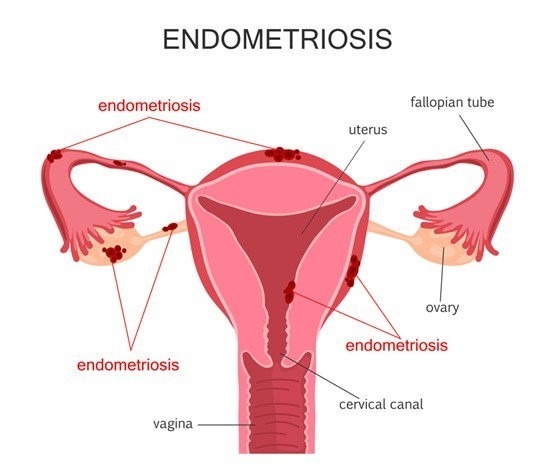

It’s understandable therefore, that without receiving the necessary attention they deserve, the women with symptoms of the condition have felt alone and unable to cope.
In fact, according to the BBC, out of the 13,500 women that took part in a study exploring how living with Endometriosis affected them, half of the respondents revealed that they had experienced suicidal thoughts and relied on prescription painkillers to get through the day.
Following these results, the UK government is now preparing to launch an enquiry into the condition, finally realising that its physical and mental implications are something that truly cannot be overlooked any longer.
‘These figures are a stark reminder that physical and mental health are not felt separately, yet health services still too often cannot deal with them both at the same time,’ says chief executive of the Centre for Mental Health Sarah Hughes.
While it is indeed a step in the right direction towards confronting this issue, what does the inherent lack of any previous action say about society’s attitudes to women’s health?
A great deal actually. Alongside the near absence of any information about Endometriosis online, the fact that something’s only just being done about it proves that women’s health simply isn’t taken as seriously as men’s.
As one of the most common gynaecological problems in the UK, we need to question why it isn’t considered a priority to treat in the same way as other illnesses affecting either both genders or just men. And why, when governments are tasked with choosing which cuts to make, it’s often women that are hit the hardest.
‘When I went to my GP I was told that the gynaecologist service had been taken out of hospitals and clinics. We’ve seen so many damaging decisions like this across the board, yet another huge devaluation of women’s health,’ says Mattie Lacey-Davidson who’s been suffering from Endometriosis for over a decade.
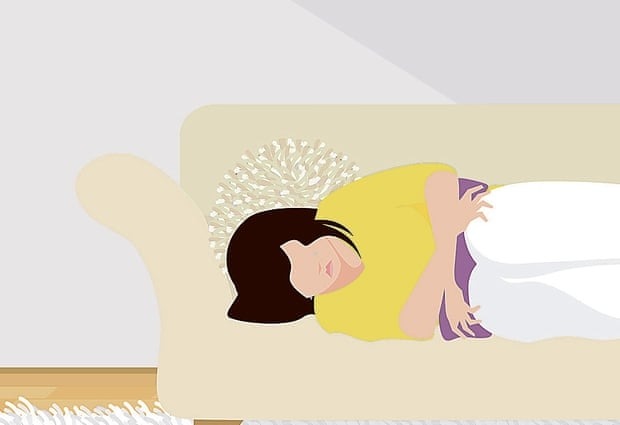

Men have traditionally been at the forefront of decision-making regarding which conditions should receive funding, frequently being chosen over women to trial new medication or treatments because female bodies are not regarded as the ‘default’ in these circumstances.
Consequently, extremely little research investment has been given to tackling Endometriosis and this urgently needs to change in order to reduce diagnosis time and develop effective treatments.
‘All too often, women are told their pain is ‘normal’ or ‘in their head’,’ says CEO of Endometriosis UK Emma Cox. ‘As it’s a hidden condition, it can be hard for those with the disease to get others to understand or believe the level of pain they are suffering from.’
The ‘gender pain gap’ is evident here. This refers to the dismissal of women’s conditions purely because of their sex, springing from a cultural and institutional reluctance to overcome bias that women are prone to overreacting.
Within the medical profession, the marginalisation of women has seen countless female patients turned away and told to stop complaining, particularly those with a history of ‘hysteria’ (an outdated term with hugely sexist connotations in itself).











